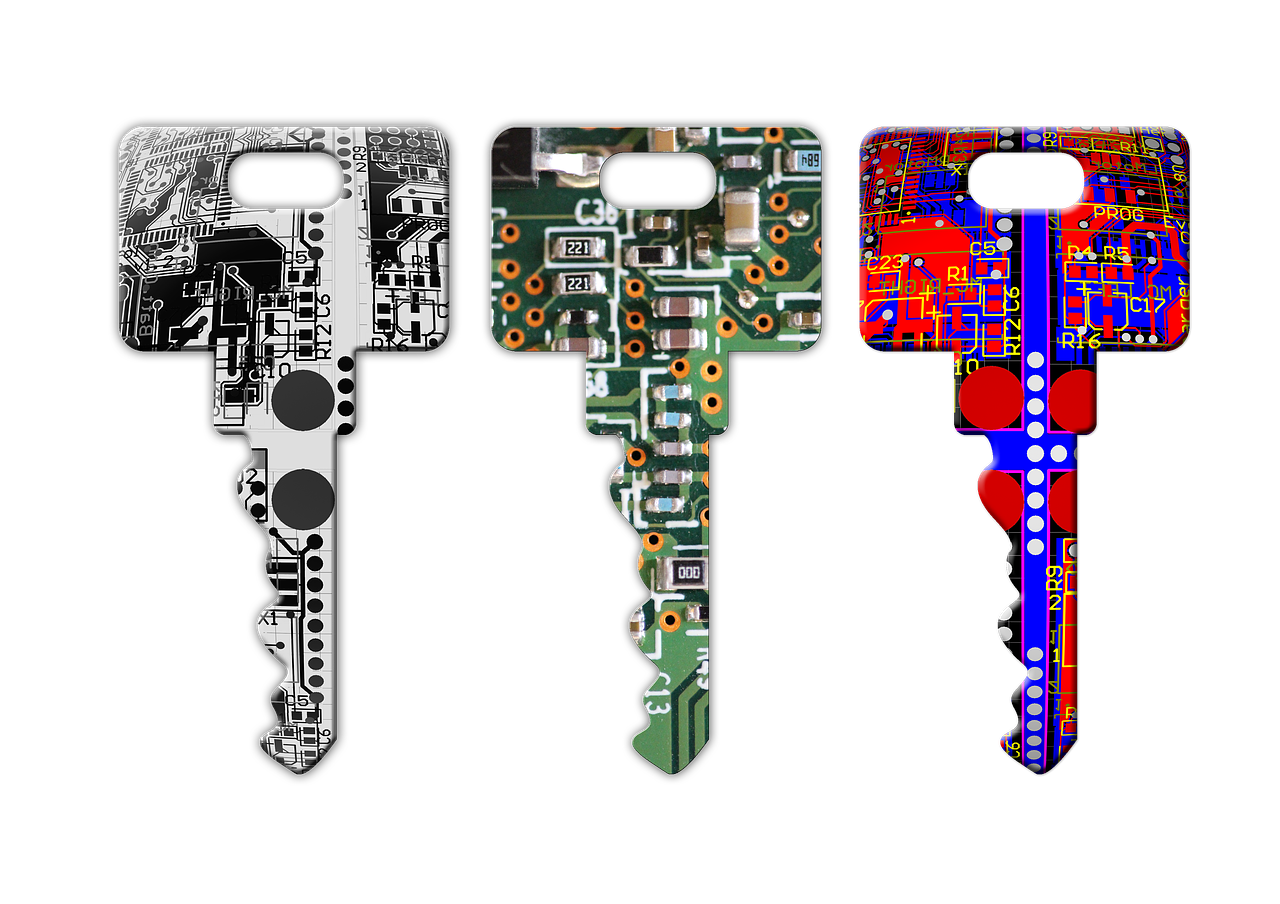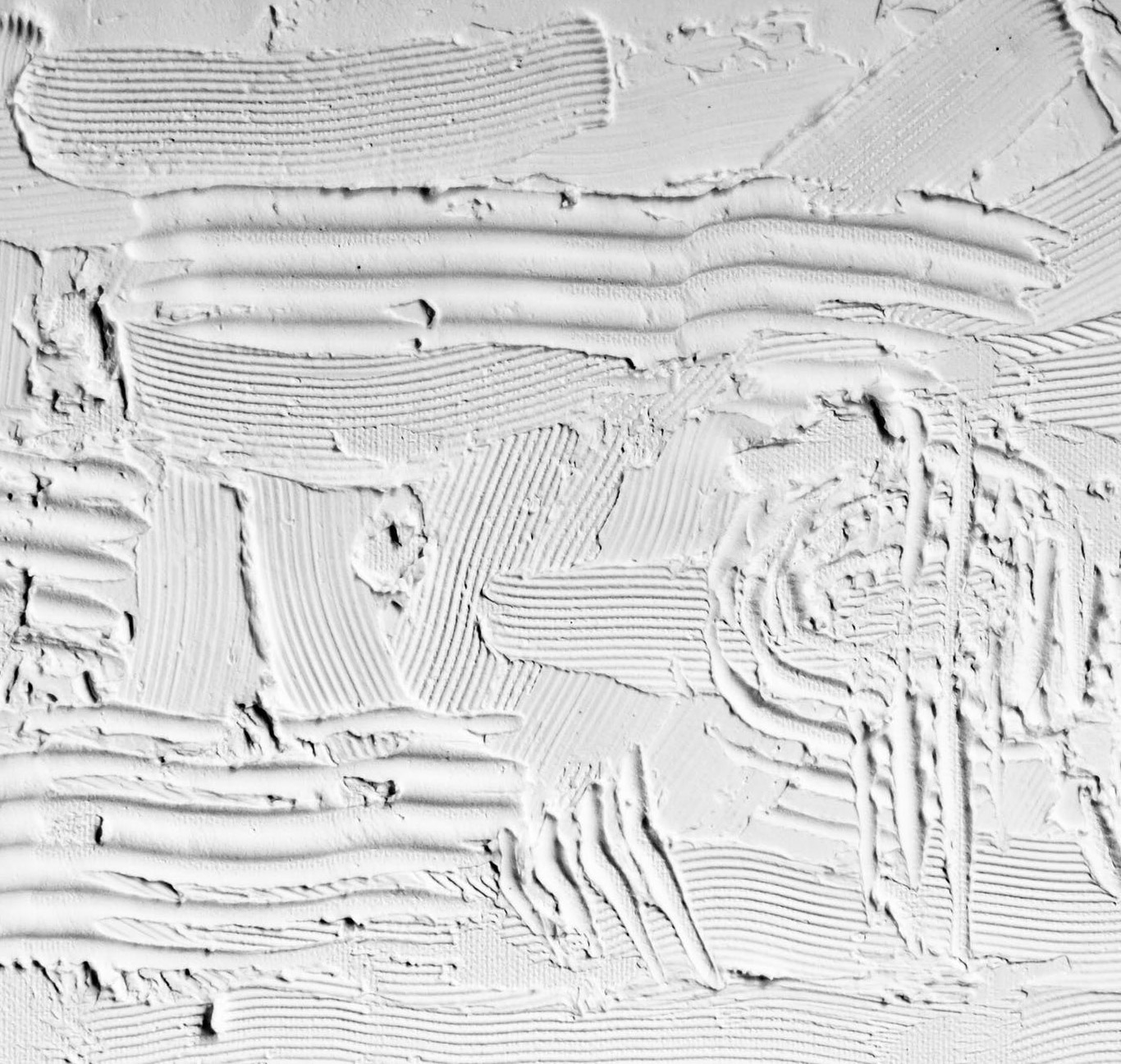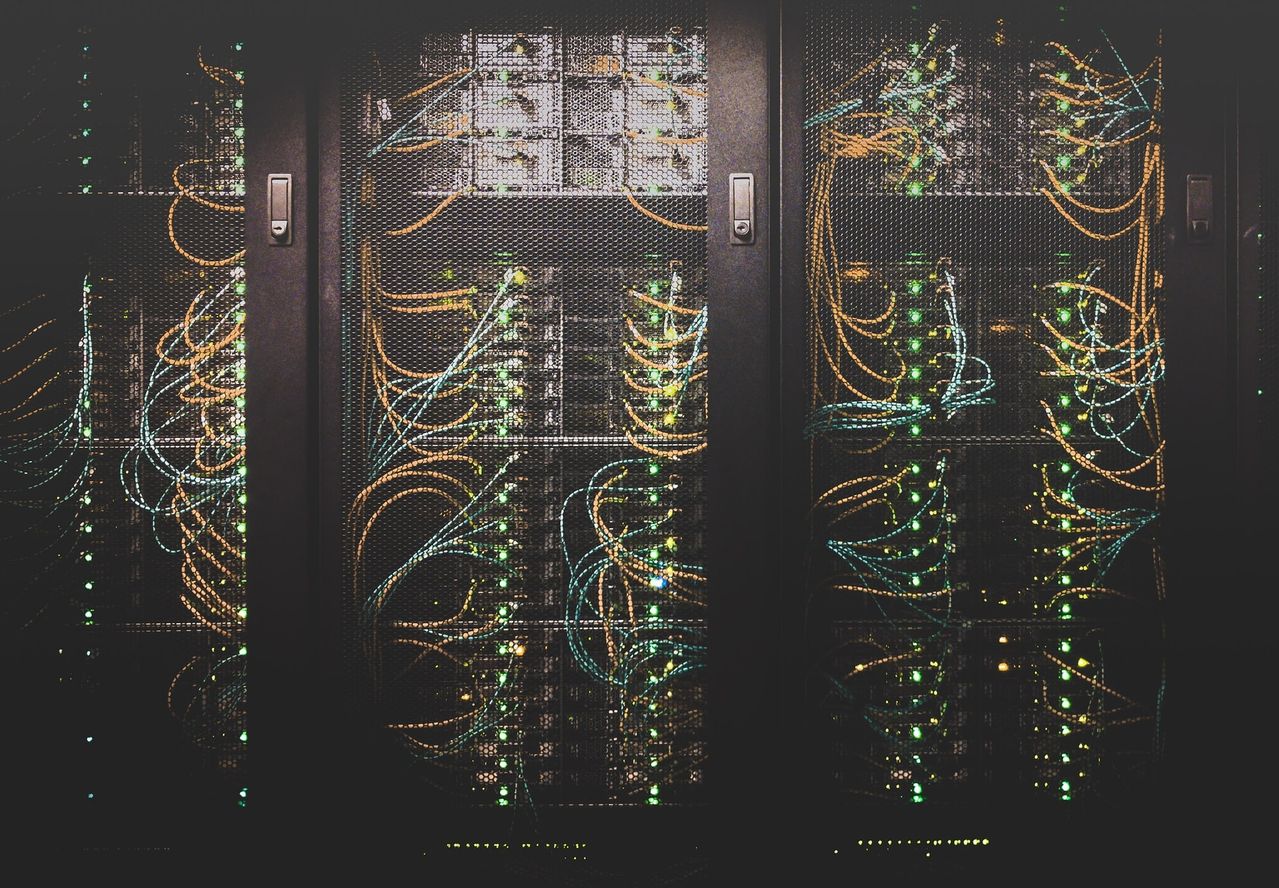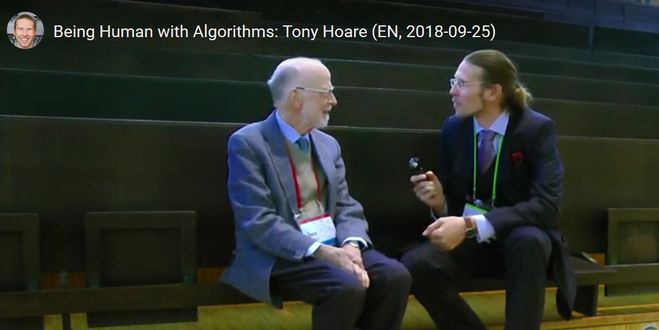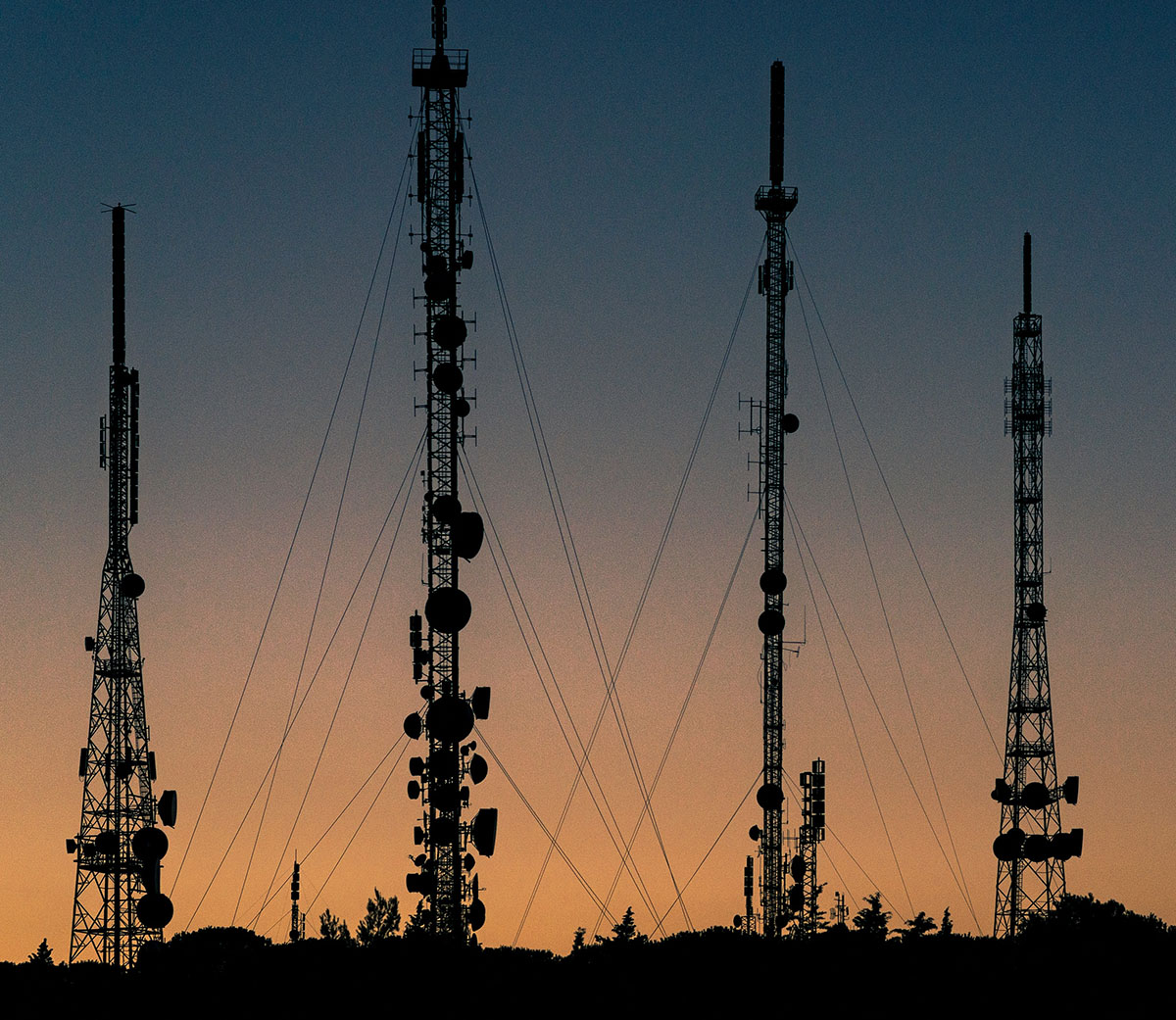Fabrice Flipo, Institut Mines-Télécom Business School
[divider style=”normal” top=”20″ bottom=”20″]
[dropcap]C[/dropcap]ovid-19, an anthropocene disease? This is how professor Philippe Sansonetti sees the crisis we are experiencing. As a reminder, this concept proposed by Paul Crutzen and Eugene Stoermer in 2000 refers to the present geological time interval, in which “conditions and processes on Earth are profoundly affected by human impact”. This period has not yet been officially recognized, as its geological interest is still greatly contested.
The phenomena associated with the Anthropocene period include land erosion, the disruption of major biogeochemical cycles, and the consequences of these environmental changes: global warming, rising sea levels, ocean acidification, the proliferation of non-biodegradable waste etc.
The perspective of the dramatic consequences of these changes has led to the idea of a collapse, and the current pandemic can already be seen as a sort of mini-collapse. What do can these notions teach us about the current situation, especially in terms of the links that must be developed with democracy?
Covid-19 and collapsology
From an ecological viewpoint, Covid-19 is a population among others, that, as others, exists within populations with which it is in constantly evolving interaction, in a non-deterministic manner.
The hypothesis of a complete or partial collapse of what Habermas calls the “sub-systems of rational action in relation to a purpose” (such as transport, agriculture, industry) has been anticipated for a long time, as a result of an epidemic or a number of other causes.
Recently, there has been renewed interest in this type of scenario with the concept of “collapsology”. Before the geographer Jared Diamond wrote his famous Collapse (2006), he published Guns, Germs and Steel in which he described the global effect of viruses, a major factor in the decimation of the inhabitants of the New World, to a much greater extent than wars.
However, it has not been the emergence of a virus, which is difficult to foresee, that has concerned ecology specialists in general for years, but rather the condition of soil, biodiversity, toxic pollutants, matter and energy, water and climate change. At the core of all these issues, the risk of collapse threatens us.
Precautionary principle
But what is a collapse? Yves Cochet, Pablo Servigne and Raphael Stevens describe a “process which leads to a situation in which the basic needs of a majority of the population are no longer met,” for example, going to school or seeing friends.
This, in part, is what has arisen in the current situation, which can be considered by those interested in the “Anthropocene period” as a sort of testing ground through which we can learn a number of lessons, and which can be linked to other similar situations of collapse of varying severity, such as the fires in Australia, Mad Cow Disease, Seveso, Bhopal, the collapse of local ecosystems. These “dress rehearsals” can also give rise to legislative or conceptual tools developed to avoid, manage or recover from these situations.
Efforts to prevent such catastrophes led to the precautionary principle adopted at the Rio Summit of 1992: “Where there are threats of serious or irreversible damage, lack of full scientific certainty shall not be used as a pretext for postponing effective measures to prevent environmental degradation.”
Precaution, which has generated a wealth of literature, differs from prudence in that it is applied to major risks, defined by Law no. 87-565 of 22 July 1987: accidents, disasters and catastrophes, justifying emergency plans, including the famous Orsec plan.
Major Risks
The occurrence of a major risk represents a collapse of varying severity.
This type of threat justifies the use of precaution, as it presents very specific properties and differs from usual risks that insurance can anticipate.
The basic point of reference for insurance is the probability of the occurrence of a catastrophe and its cost, which implies being able to rely on a high number of occurrences – car accidents, for example. The fact that a risk is repeated shows that it is part of the everyday life of society, of its normal activity: for example, an insufficient number of hospital beds.
A major risk is just the opposite: it is incalculable and irreversible, it takes society out of a state of normalcy.
It therefore leads to an exceptional state, in the sense that there is a brutal disruption of normalcy. A nuclear example is a prime example: power plants almost never explode, so we have no real statistical basis for anticipating such an event.
But when they do explode, it is “serious” since the sub-systems of rational action must build their response from scratch.
Resilience
To address ecological issues, thousands of scientists rely on the concept of “resilience.” This word, whose definition is highly disputed, draws on ecological sciences, economics, sociology and psychology, and was popularized by C.S. Holling and Gunderson.
It refers to “the capacity of a socio-ecological system to absorb or withstand disruptions and other stress factors, such that the system remains in the same regime. It describes the degree to which the system is capable of self-organization, learning and adaptation.”
The theorists of the Resilience Alliance, which brings together thousands of scientists, provide guidelines for action using diagrams: “adaptive” management, that identifies uncertainties and seeks to understand, and change the system.
When a major risk materializes, the unknown is part of the equation. Any attempts to “say what’s what” in a hierarchical fashion or by relying on a small number of experts, must be dismissed: the crucial goal is to foster dialogue, since it is the entire society that is the learning system.
The healthcare system does not by itself represent “the organization”. In this sort of situation, “any pre-established discourse will be seen as false” for a simple reason: everyone sees the situation as unprecedented.
Any attempt to fall back on a plan (for example, that of the WHO) will reflect dogmatism, and blindness, rather than competence and an ability to learn.
The threatened group must instead manage to develop a shared, evolving understanding, working not with certainties, but with questions (the right questions, the ones people are asking, and that have a real impact); not with results, but with processes (that everyone may take part in, contribute to, and therefore play an active role in their situation).
For example, the question of determining where the virus is. Processes must be put in place in order to answer this question – testing, expanding the “scientific council” to include the political sciences, or creating a forum that includes shopkeepers, military servicemen, farmers, citizens selected at random etc. – instead of asking a handful of physicians to single-handedly determine the best practice for the entire country.
Management of the crisis in South Korea and Taiwan
South Korea and Taiwan’s responses to COVID-19 are considered “atypical” by the current government. But in reality, these countries have made resilient choices. They understood that they were facing not only a health crisis, but a political one as well, implying a “need to develop the response in close collaboration with civil society.”
Early on, Taiwan equipped its entire population with masks, tests and a high-quality public digital space, allowing everyone to manage the crisis in a democratic, creative and evolving way. This also included non-governmental organizations responsible for dealing with fake news.
After a chaotic beginning, South Korea was quick to implement similar measures, in particular wide-scale testing, which allows individuals to manage their effect on the environment themselves: expertise is decentralized as much as possible. These two countries had no reason to be concerned about the capacity of their healthcare systems, since they were not strained.
South Korean and Taiwan are therefore setting an example, while China is trying to suggest that it is doing so. Europe, meanwhile, has been mocked and criticized. The geopolitics of tomorrow are also at stake.
The force of democracy
The current crisis has taught us a lesson: democracy is the best way to respond to the major crises humanity will face in coming years, due to the reckless yet predictable effects of its activities on the planet.
But dictatorship and authoritarian management will never be far off, set to offer their (bad) services, whether in the form of a leader and savior, at war against a “Chinese virus”, or a Platonic government, claiming to rely on Science.
There is a temptation to create a state of exception, as described by Carl Schmitt: temporarily giving an individual, leader or scientist, full power to save the Republic – an attitude that will instead worsen the crisis.
Let us act with discretion: not deny the crises or shut ourselves off from unsettling news and weak signals, but actively seek out what we do not know, where the absence of a response poses a problem for us, and let us put in place democratic, flexible, evolving structures. Trusting one another, collectively, is the best weapon we have.
[divider style=”dotted” top=”20″ bottom=”20″]
Fabrice Flipo, Professor of social and political philosophy, epistemology and the history of science and technology, Institut Mines-Télécom Business School
This article has been republished from The Conversation under a Creative Commons license. Read the original article.


